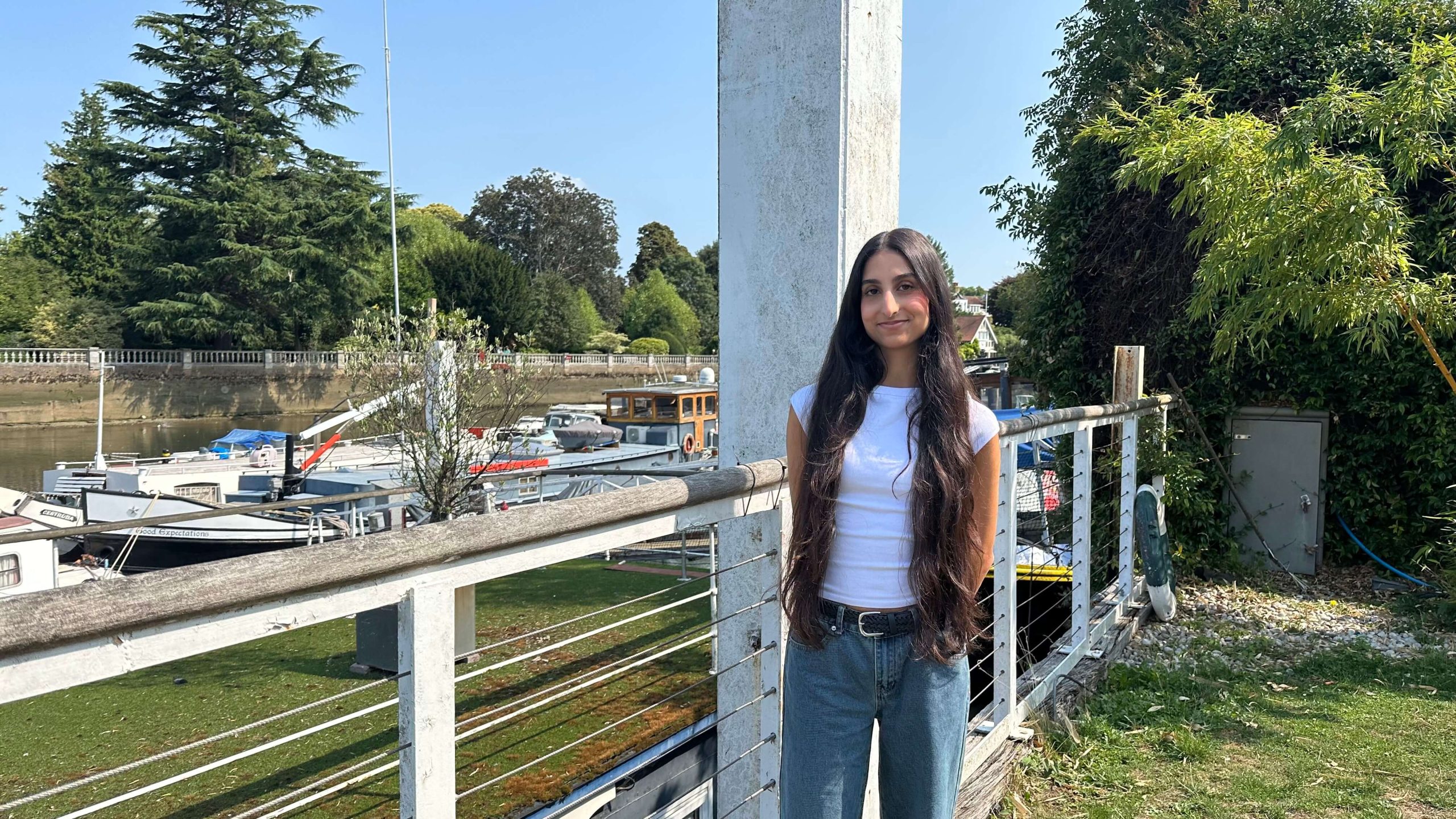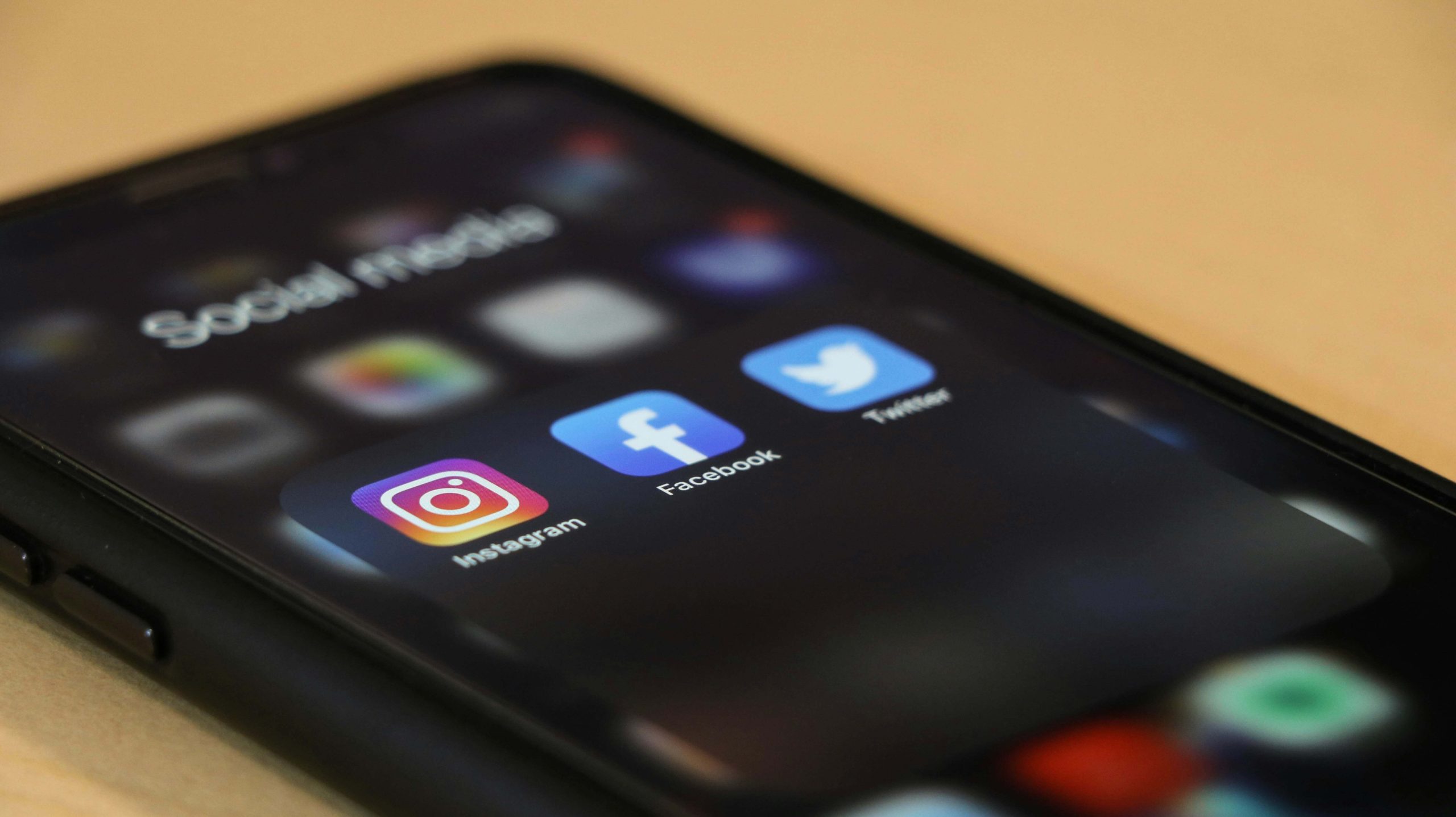I became an intern at The Ripple Effect last month, and it has been anything but predictable. On my very first day, I was asked to look for coverage of a new parental leave and pay review. It was something that co-founder Frankie had heard on the radio that morning, and the team discussed how it might have been relevant to a particular client. I had no idea that what we hear in passing could trigger research so quickly!
Admittedly, my understanding of PR was fairly surface-level before starting as an intern. In part, this could speak to the lack of awareness and representation amongst ethnic minority communities surrounding PR. Growing up, I did not know a single adult who mentioned PR or communications in reference to their career, nor did I know anyone who overtly worked in PR.
With it being a predominantly white space, charities like the Taylor Bennett Foundation (of which I’m an alumna) have popped up to work on bridging that gap. I thought it might be quite interesting to offer a glimpse into PR from the eyes of a British Punjabi intern at a PR agency.
On paper, being underrepresented in a particular industry is an opportunity to bring in insights from an ethnic minority perspective. Being of dual identity, British and Punjabi, I think it’s common to feel like a double agent with the ability to dip in and out of cultures. Although, like for many other diaspora groups in the UK, the British Punjabi identity has become a stronghold in itself simply due to longevity.
I can see how empathising with certain stories and insider information comes in handy when interpreting or putting together stories. I recently experienced this when looking at research we carried out for Football Beyond Borders around the distinct, and sometimes conflicted, connection inner-city girls and those from ethnic minority backgrounds have with the Lionesses. Believe me, being of dual identity can certainly stir up some internal confusion.
However, there are some thoughts I have had that are perhaps more unique to someone from an ethnic minority background. So, a few weeks and an Intro to PR course later, I’m excited to share my findings on how I navigated it as I get better acquainted with the industry.
PR is everywhere!
One of the first tasks that really opened my eyes was going through newspapers to spot brand stories.
It’s often overlooked, but the mention of a brand’s research and the message they want to get across as a result of it can be found throughout newspapers. Like most people, I perceived the news as a source for what’s happening, but now it’s shifted to who is commenting on what’s happening. That’s why I say PR is certainly more intricate than given credit for.
There’s a secret PR world
I hadn’t given much thought to the behind-the-scenes of PR, for example how journalists are found and how coverage is proven. ‘Pitching’ and ‘sell-ins’ were strangers to me, and their partners Meltwater and Roxhill even more so.
Looking for the right journalists to cover a story comes much easier through platforms like Roxhill. It also, however, sparked some interesting thoughts as I filtered through names and faces when compiling a media list. Going through names and faces, I noticed that I’d be particularly aware of a more “ethnic-sounding” name or spotting someone with a similar complexion to mine.
It provokes the question of whether past studies that found prejudice against those with an “ethnic-sounding name” in job applications might translate to this quite client-facing industry?
A 2020 Reuters report found nine out of 10 journalists came from a white ethnicity background, which isn’t necessarily surprising considering the UK is a white ethnicity country. However, upon reflection, it speaks to the zero family members I have in journalism or PR. Most are in tech, business, or project management – so not exactly helpful if I needed career advice or support. But I think that’s what excites me, knowing that I’m the first to step into this industry and transfer what I learn (even if in the form of fun facts to family and friends).
Data is key
Understanding how data can inform a PR story was one of the first things I understood as an intern. It made sense to me that brands would carry out relevant research to show how they’re confronting or proud of certain statistics. It also, funnily enough, is an area that my family members could help me out with – although I haven’t (yet) had to consult them on anything.
It’s particularly satisfying to see the results come back and truly learn what respondents think. As someone who has always had scattered interests and often tried a bit of everything, this has been perfect for how my brain works. That’s not to say that it’s a walk in the park. At some points, you don’t want to see a spreadsheet again – but then you do, and I think that’s the beauty of it.
Statistics can sometimes feel dehumanising, as though you’re lumped into nothing other than one big percentage. It’s certainly the case in sensationalist stories that sometimes ostracise certain groups or fear-monger. On the flip side, seeing what teen girls feel about the increased diversity of the Lionesses 2025 squad doesn’t simply boil them down to a number. It instead gives a voice to underrepresented groups, and subsequently sometimes ones that I can resonate with. It makes me quite hopeful, for how PR has the ability to positively influence the notoriously controversial British media.
So yes, PR is a strange and slightly unpredictable industry. Sometimes it’s hard to see the end goal, or the bigger picture, but learning to embrace that uncertainty rather than fear it is one great way to settle in as well as possible.



